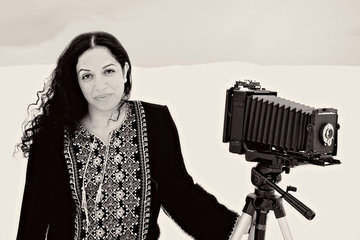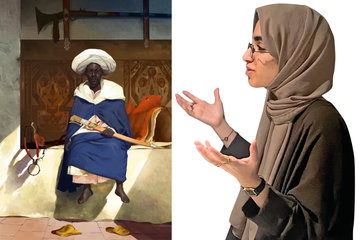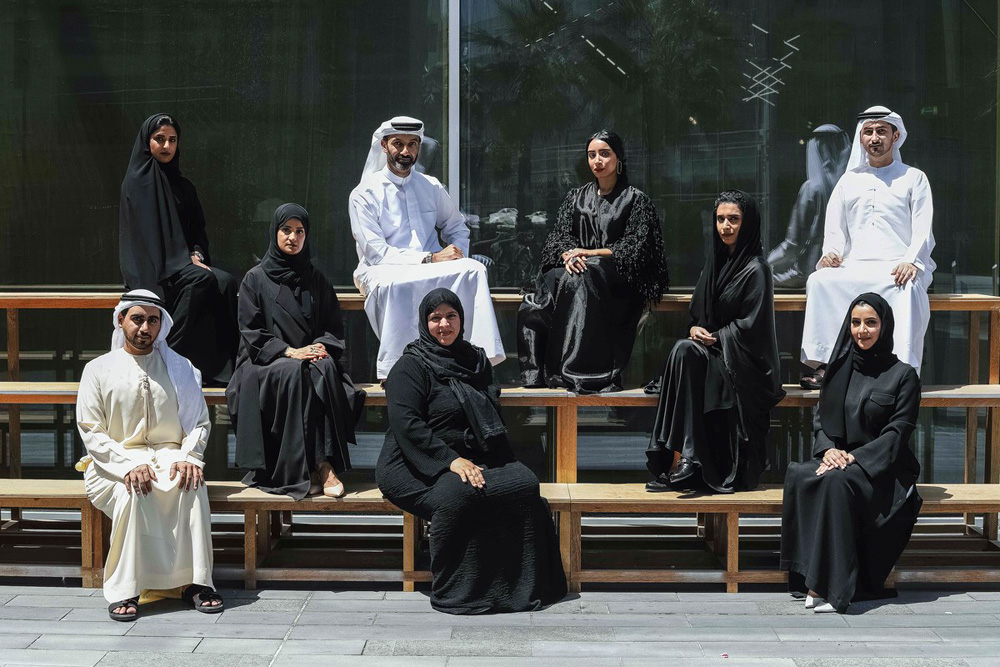
Taking place at The Old Truman Brewery in East London’s arts and media hub, the London Design Fair hosted a four day event, bringing together 550 exhibitors from 36 countries. Exhibitors included independent designers, established brands.
And most notably, eight designers from the UAE who showcased their works under “UAE Design Stories: The Next Generation from the Emirates” national pavilion. The pieces were originally presented at D3 (Dubai Design District), a buzzing hive for inspiration and innovation and home to the UAE’s emerging designers and artists.
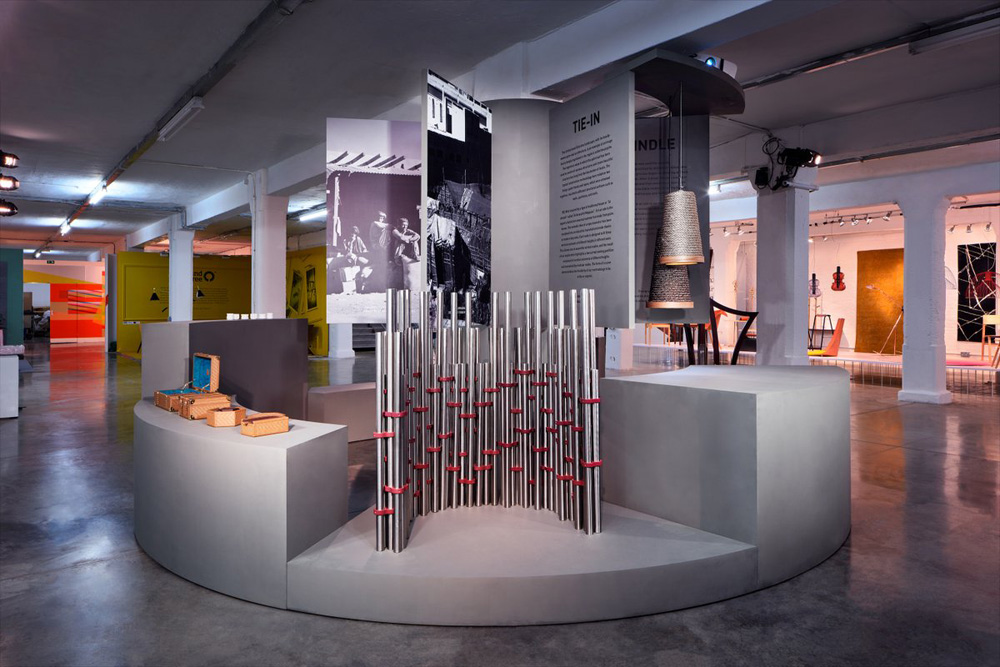
D3 invited designers to partake in an exhibition entitled, “Objects of the Past: Today” which aimed to explore the UAE’s cultural history as inspiration for modern pieces of art and design. Exploring the UAE’s nomadic roots, pieces created for the exhibition were curated by Khalid Shafar and gave viewers an insight to the region’s past in a contemporary way. Including jewelry, glassware, leather goods, ceramics, furniture, the designs were exhibited the historical archive materials that inspired them.

One of the designers, Aljoud Lootah, is the first Emirati designer to have had her work showcased at the National Gallery of Victoria in Melbourne, in Australia. Lootah is known to produce commissioned objects and designs for government organizations and private companies as well as for a number of interior projects.
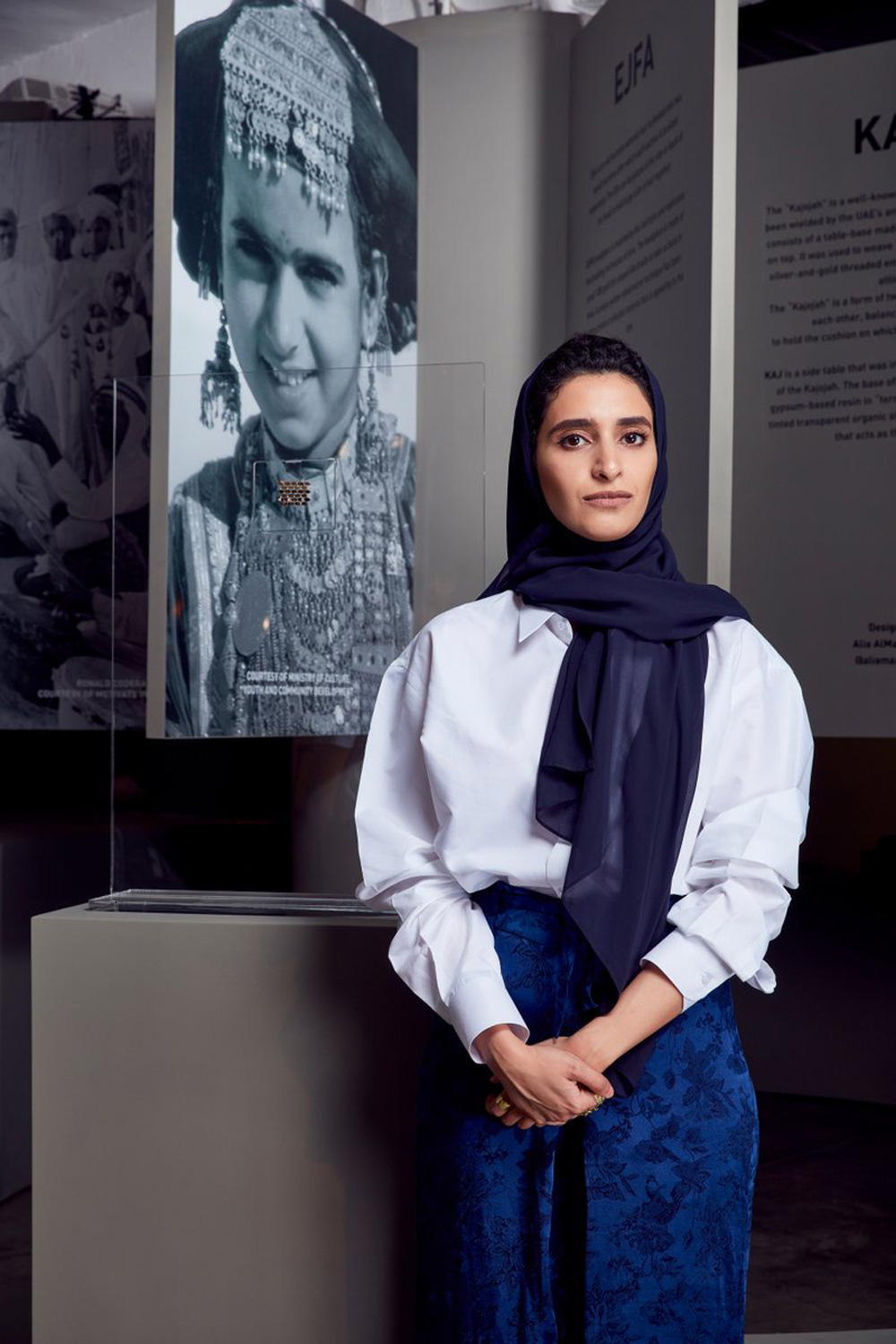
Aljoud Lootah
The London Design Fair was a project much closer to home for Aljoud Lootah as she created her “Mandoos” collection which features suede lined, camel leather jewelry boxes inspired by traditional dowry cases whilst also including the customary art of “khoos”, otherwise known as palm-weaving.

The designer spoke to local press and explained, “The dowry chests had a lot of carving and were embellished with metallic studs. The patterns on my collection are inspired by the traditional Emirati craft of palm-frond weaving used to make items such as mats and baskets.”
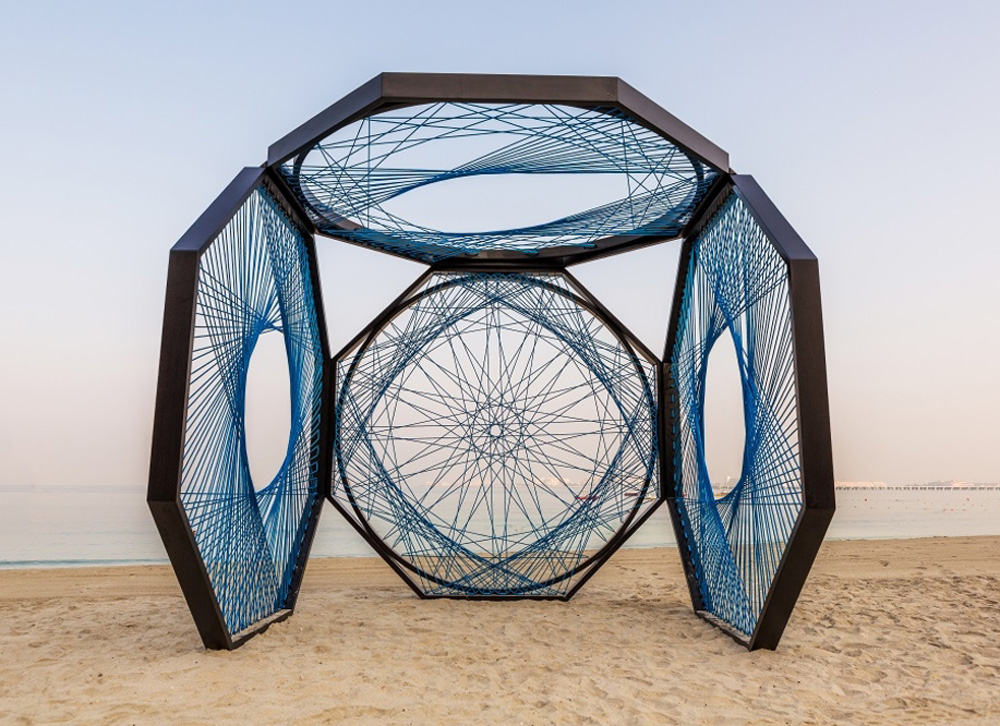
The creator also wanted to revive the art of “khoos”, which was widely prevalent in the UAE and has now ceased in popularity, “I want to tell the story of our rich history and culture through modern designs,” she said.
Another Arab designer showcasing his work as part of the exhibition was Abdalla Almulla, who used steel and a node system to create a design entitled “Tie In”. The piece depicts a system inspired by traditional Arish or palm-frond housing which can be used to make tables or room dividers.

Abdalla Al-Mulla
Speaking about his work, Abdalla stated, “As an architect I was intrigued by the old Emirati Arish houses. To construct them they used two main components: palm fronds and ropes. The steel columns in my designs echo the palm fronds and can be adjusted to whatever height is desired and adapted for different functions, for example a screen, or a side table. Back then palms were a main resource in the UAE — you saw them in roofs, wall partitions and flooring. My modern designs reflect both the form and function of the palm.”

Thrilled at the opportunity to present his work at the globally renowned event in London, he also said, “It was a really great experience to showcase Emirati designs at the London Design Fair… From the very beginning, when we were chosen as the Emirati designers, we got support with curation and production — anything we needed. Having the archive material on display alongside our designs made it easy for the visitors to see the correlation between the ancient and modern and added layers of interest to the displays,” adding, “I think showcasing abroad it is good opportunity to show the world that in our region we are not just consumers — we also make and design and can compete globally.”


